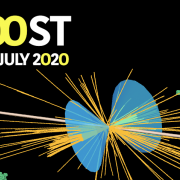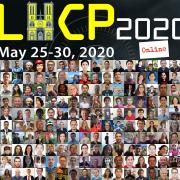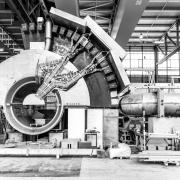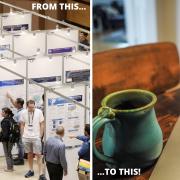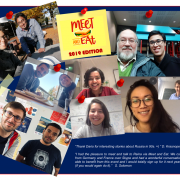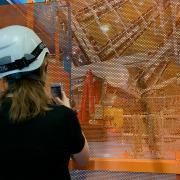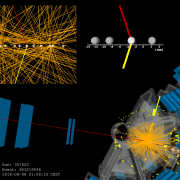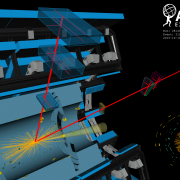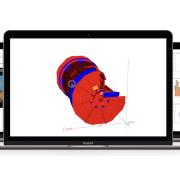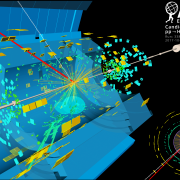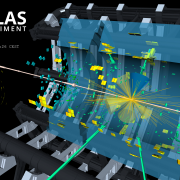Access to Collaboration Site and Physics Results
ATLAS Briefings
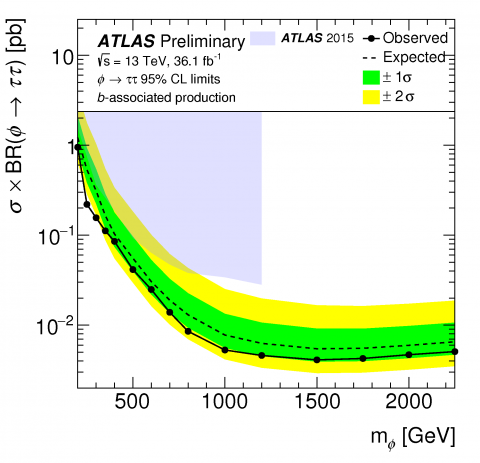
Why should there be only one? Searching for additional Higgs Bosons beyond the Standard Model
– Since the discovery of the elusive Higgs boson in 2012, researchers have been looking beyond the Standard Model to answer many outstanding questions. An attractive extension to the Standard Model is Supersymmetry (SUSY), which introduces a plethora of new particles, some of which may be candidates for Dark Matter.Read more →
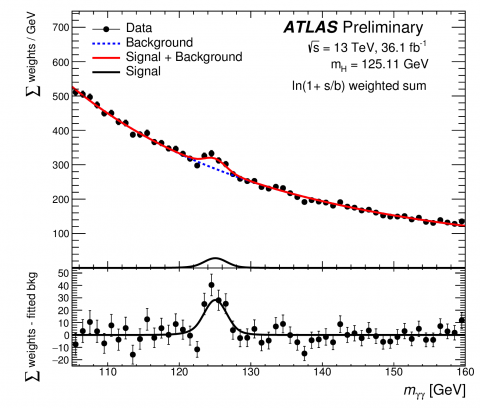
New ATLAS measurement of the Higgs Boson mass
– The ATLAS collaboration has released a new preliminary measurement of the Higgs boson mass using 2015 and 2016 LHC data. The number of recorded Higgs boson events has more than tripled since the first measurement of the Higgs boson was released, using 2011/2012 data. An improved precision in the measurement of the Higgs boson mass has been made possible by both the increased collision energy of 13 TeV and improved collision rate.Read more →
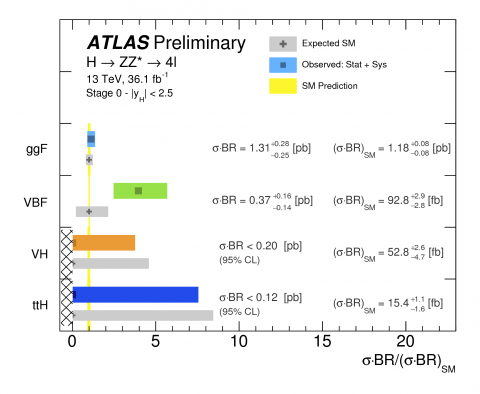
ATLAS takes a closer look at the Higgs boson’s couplings to other bosons
– Since resuming operation for Run 2, the LHC has been producing about 20,000 Higgs bosons per day in its 13 TeV proton–proton collisions. At the end of 2015, the data collected by the ATLAS and CMS collaborations were already enough to re-observe the Higgs boson at the new collision energy. Now, having recorded more than 36,000 trillion collisions between 2015 and 2016, ATLAS can perform ever more precise measurements of the properties of the Higgs bosonRead more →
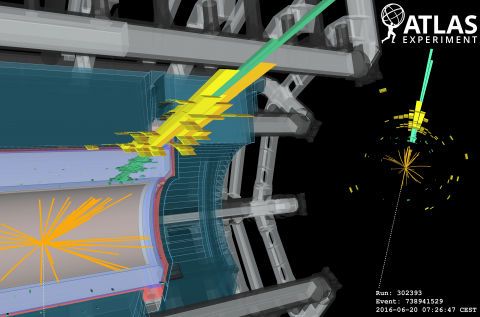
Chasing the invisible
– Cosmological and astrophysical observations based on gravitational interactions indicate that the matter described by the Standard Model of particle physics constitutes only a small fraction of the entire known Universe. These observations infer the existence of Dark Matter, which, if of particle nature, would have to be beyond the Standard Model.Read more →
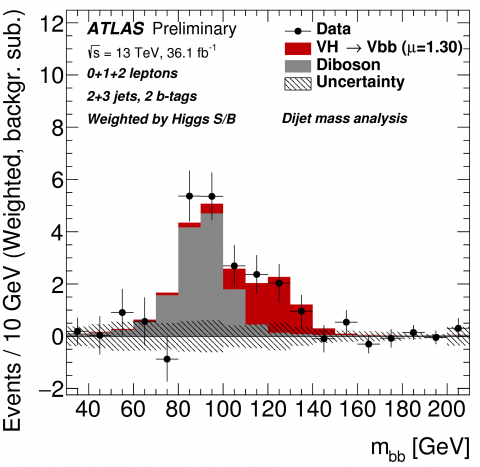
A first LHC sighting of the Higgs boson in its favourite decay
– Until now, the Higgs boson had been observed decaying to photons, tau-leptons, and W and Z bosons. However, these impressive achievements represent only 30% of the Higgs boson decays! The Higgs boson’s favoured decay to a pair of b-quarks, which was predicted to happen around 58% of the time and thus drives the short lifetime of the Higgs boson, had so far remained elusive. Observing this decay would fill in one of the big missing pieces of our knowledge of the Higgs sector. It would confirm that the Higgs mechanism is responsible for the masses of quarks and might also provide hints of new physics beyond our current theories. All in all, it is a vital missing piece of the Higgs boson puzzle!Read more →
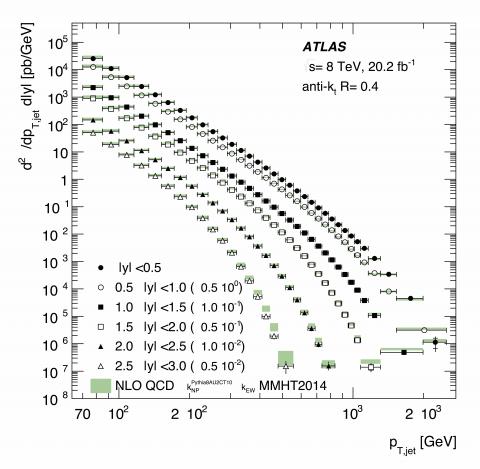
More than the sum of its parts: inside the proton
– Discovered almost 100 years ago by Ernest Rutherford, the proton was one of the first particles to be studied in depth. Yet there’s still much about it that remains a mystery. Where does its mass and spin come from? What is it made of? To answer these questions, ATLAS physicists are using “jets” of particles emitted by the LHC as a magnifying glass to examine the inner structure of the proton.Read more →
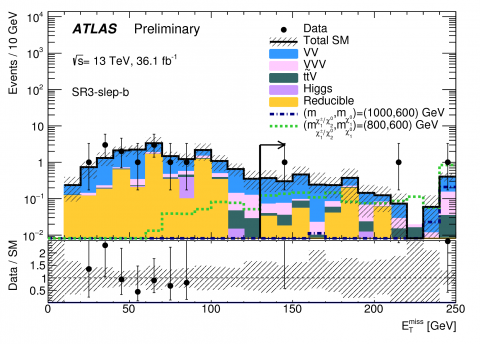
ATLAS releases new results in search for weakly-interacting supersymmetric particles
– Supersymmetry is an extension to the Standard Model that may explain the origin of dark matter and pave the way to a grand unified theory of nature. For each particle of the Standard Model, supersymmetry introduces an exotic new “super-partner,” which may be produced in proton-proton collisions. Searching for these particles is currently one of the top priorities of the LHC physics program. A discovery would transform our understanding of the building blocks of matter and the fundamental forces, leading to a paradigm shift in physics similar to when Einstein’s relativity superseded classical Newtonian physics in the early 20th century.Read more →
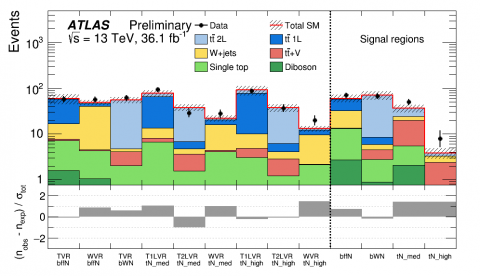
Hunting for the superpartner of the top quark
– Supersymmetry (SUSY) is one of the most attractive theories extending the Standard Model of particle physics. SUSY would provide a solution to several of the Standard Model’s unanswered questions, by more than doubling the number of elementary particles, giving each fermion a bosonic partner and vice versa. In many SUSY models the lightest supersymmetric particle (LSP) constitutes dark matter.Read more →
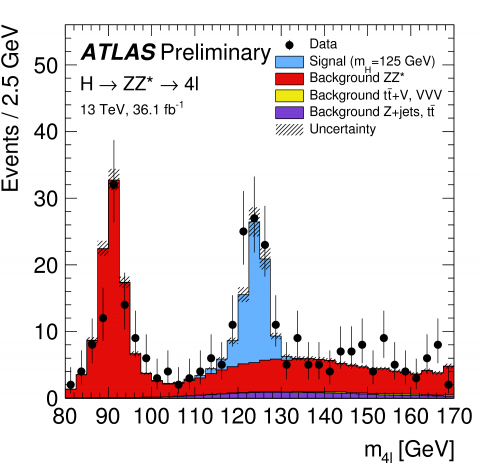
New ATLAS precision measurements of the Higgs Boson in the 'golden channel'
– With the huge amount of proton–proton collisions delivered by the LHC in 2015 and 2016 at the increased collision energy of 13 TeV, ATLAS has entered a new era of Higgs boson property measurements. The new data allowed ATLAS to perform measurements of inclusive and differential cross sections using the “golden” H->ZZ*->4l decay.Read more →
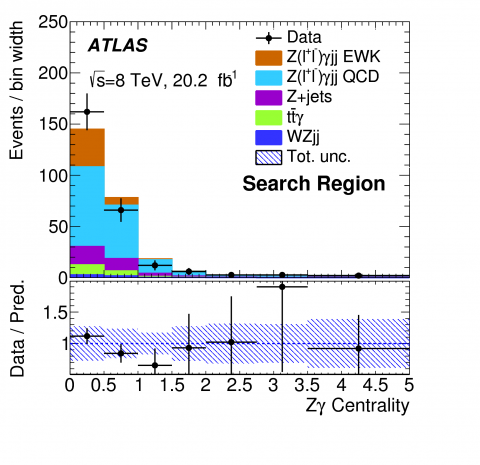
New insight into the Standard Model
– Ever since the LHC collided its first protons in 2009, the ATLAS Collaboration has been persistently studying their interactions with increasing precision. To this day, it has always observed them to be as expected by the Standard Model. Though it remains unrefuted, physicists are convinced that a better theory must exist to explain certain fundamental questions: What is the nature of the dark matter? Why is the gravitational force so weak compared to the other forces?Read more →




